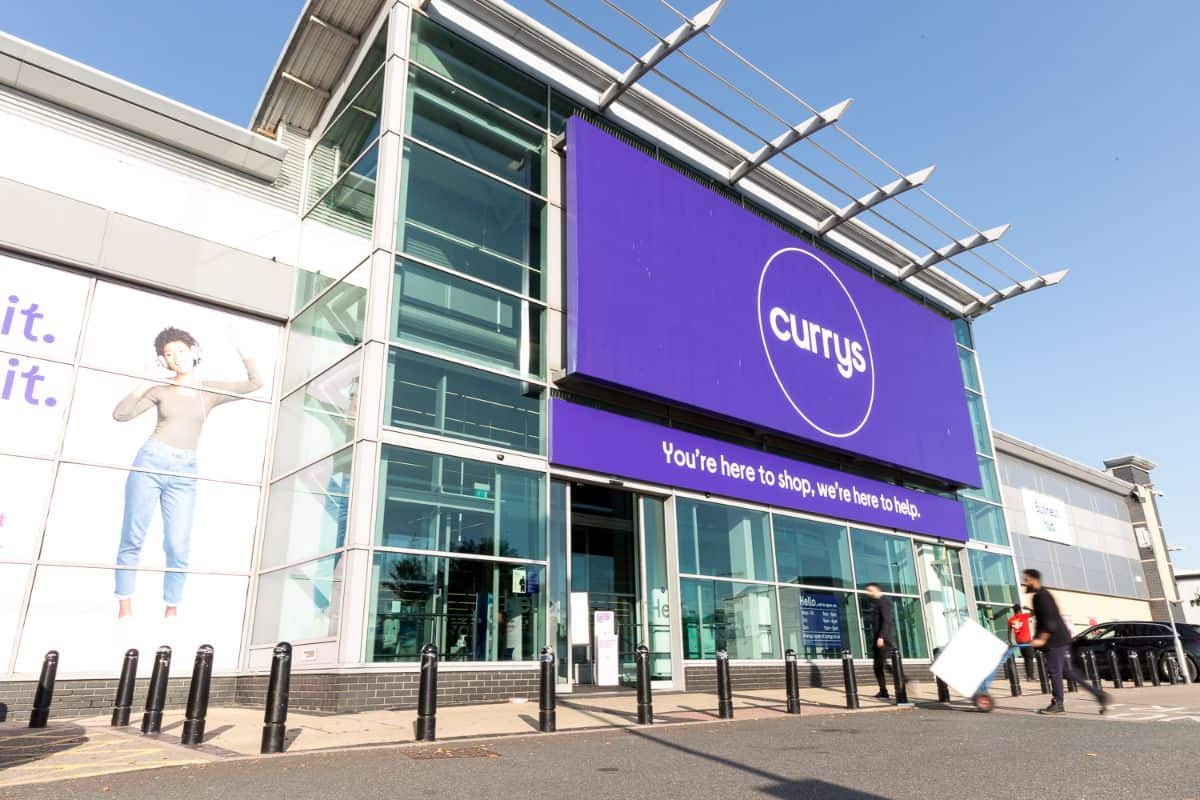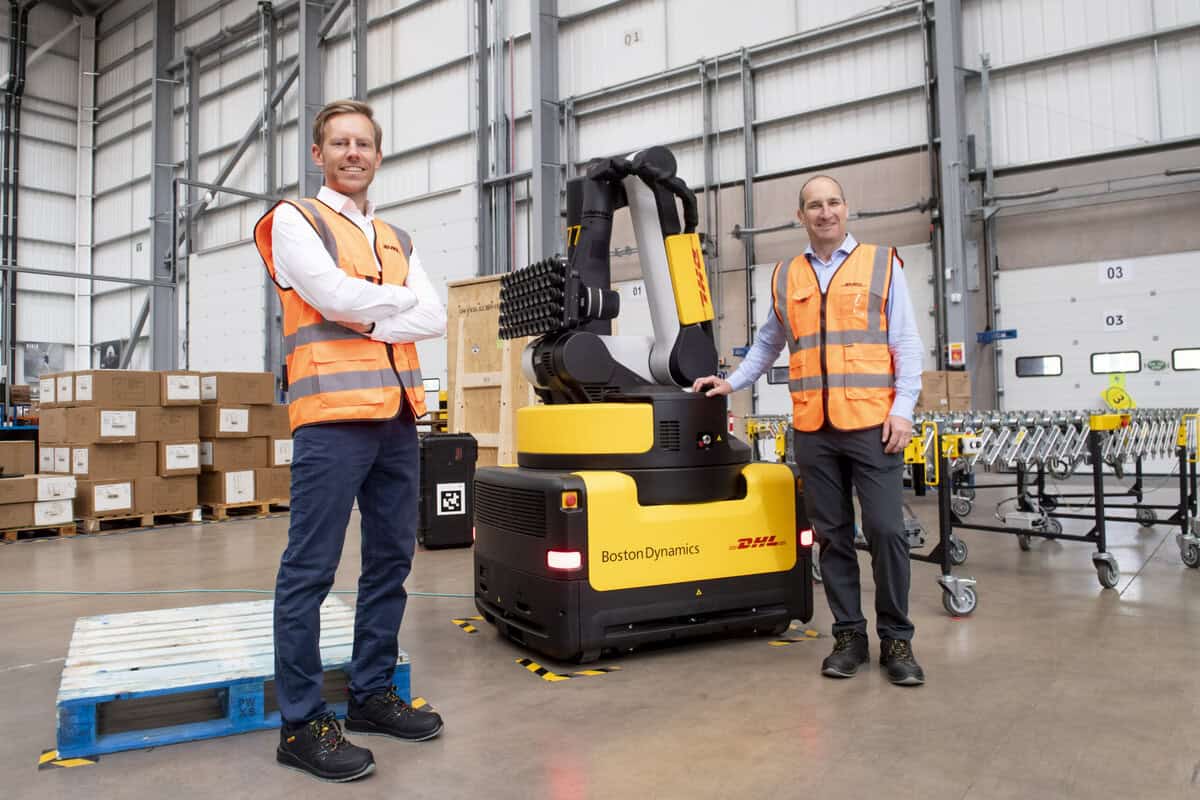Ross Phillips, Digital Design Director, Daliziel and Pow looks at what retailers can learn from other sectors’ use of digital in store and store design for omnichannel customers.
The traditional in-store kiosk in all its clunky glory is, thankfully, on the decline. Where we once saw a solution delivering connected retail, today we see out-of-date hardware, impersonal experience and wasted space. Where ‘kiosks’ do remain, they have evolved – delivering a service more connected to the customer journey and the aesthetic of the individual store. However, the dominant force is now mobile, enabling retailers to deliver personalised, connected experiences that leverage the individual’s data to link their online journey with the offline experience.
Despite renewed confidence in the importance of a physical space and the advances made in joining the dots of our increasingly fragmented shopping journeys, we have yet to see a universal approach that supports, enriches and celebrates how consumers are actually shopping. A true omnichannel experience needs to do more than just connect retailers’ physical stores to their online offer; it should foster brand engagement in creative new ways, relevant to the individual while remaining true to the brand’s identity. We need to see omnichannel everywhere, breaking out of the walled gardens of individual retailers, making our experiences (and data) universal, and opening up a wider world of retail and beyond.
There are a number of challenges for retailers to face, such as legacy systems (and legacy people), siloed work environments and a constantly shifting digital landscape. But we have an increasingly sophisticated, interactively literate customer, technology that is cheaper and more accessible than ever before, and a strong desire to make physical retail spaces more alluring.
So, how should we be designing for these new hybrid spaces, what can they be, and how should they feel?
CONNECTED
Retail environments should be attuned to their context and engage with what is happening around them – from simple offerings such as local transport updates or the tube system’s ‘what’s on’ updates, to more complex features such as Net-a-Porter’s live feed of what and where people are buying. Using this real-time information, retailers can unlock fresh ways to talk about products and services and provide customers with new routes to explore and shop. A dynamic system creates variety, making the location feel vital and alive without the need for constant human intervention. This is the ‘Netflix’ experience that today’s consumers expect – always accessible regardless of location or device, and highly responsive to the individual’s preferences, making relevant recommendations.
ENGAGING
As retail experiences become increasingly diverse it’s important to take inspiration from everywhere. Galleries and museums have long been exploring interaction and engagement, with initiatives such as Bloomberg Connects at Tate Modern encouraging visitors to leave their mark in the space by drawing or commenting on what they have seen. Last year’s ‘Digital Revolution’ at the Barbican featured work where a visitor’s physical presence in the space drives content and encourages performance though rewarding visual and audio feedback.
This idea of rewarding feedback is seen in the ‘compulsion loops’ of video games, especially on mobile where engagement is often measured in the minutes waiting for a bus. Behaviours are formed and nurtured through a series of tasks, rewarding completion (and encouraging repeated play) with a timely hit of dopamine. As wearables become a part of daily life, and by extension a part of retail, it will be important to design experiences that are complementary to these understood behaviours.
Theatre also offers clear lessons in the experimental use of space that we can apply to our retail environments. From the innovative use of reactive projections in theatre company 1927’s Golem, to the works of Punchdrunk that actively engage the audience in their narratives, it’s about creating a sense of agency and delivering a personalised experience.
By giving customers and staff creative ownership of their environments we deliver a connection that feels genuine and intimate, and create experiences that people want to share.
APPROPRIATE
Too often technology is used because it’s new, or seen as a shortcut to appearing innovative. Brands need to embrace digital experiences that feel right for them and their customers. This should be developed into a consistent language of interaction that flows across all customer touchpoints and becomes as important as their logo, tone of voice or colour palette. Apple is an obvious example, but companies like Nintendo and Uniqlo also have an approach that feels unique to them. The White Company store in Norwich, for example, uses ‘soft tech’ projections to attract and engage customers in an inventive and entirely appropriate fashion.
Brands need to talk about experiences, not technology, and put the focus on how it benefits their customer.
CONVENIENT
Amazon has recently announced their ‘dash button’, a physical button located in your home that, with a single press, orders more of a specified product. Much like Berg’s ‘Cloudwash’ prototype, this device places the point of purchase where the demand is usually realised. They still rely on traditional methods of delivery but these initial forays into connected devices typify the drive towards convenience to the customer.
In the development of Argos’s digital stores, there is a focus on technology opening up a direct connection between the retailer’s physical spaces and online offer, along with an ever-increasing range of more efficient ways to pay and collect. One of the key successes of the new stores is how technology both in-store and back-of-house has enabled staff to take a more active role in the customer experience: instead of waiting for customers to approach the till point they are now on the shop floor, engaging and assisting them with purchases, for a more accessible and social experience.
EVOLVING
As the digital landscape continues to mature, it is increasingly important to keep up-to-date with advances in technology and, more importantly, shifts in consumer behaviour. Developing working prototypes is the best way to understand what does and doesn’t work for a brand and encourages a more informed dialogue when dealing with new technologies. Ikea’s ‘table for living’, recently unveiled in Milan, is a good example of a company investing in research to understand how developments in technology affect the products and services they sell.
Feedback, analytics and constant iteration are well-worn practices online and in the mobile app arena, but physical spaces are generally slower to adapt, usually leaving digital initiatives to thrive or wither on the vine without understanding why. As our stores become more digitised, it’s important to gain a real-time view of customer interactions and be prepared to change.
This is an exciting, creative and challenging time for retail as our spaces and behaviours are being constantly redefined. Yet despite the myriad tools and an increasing reliance on technology to support our shopping journeys, retail remains a social experience and technology should be used to augment this core behaviour, creating richer, deeper and more immersive experiences that encourage loyalty, advocacy, collaboration and trust. Kiosks may appear old fashioned now but so, in time, will QR codes, beacons, augmented reality and even our phones.
The future is increasingly in the hands of the consumer, who is ready to explore the possibilities any brand can offer. There are very few touchpoints in retail that cannot be influenced and enhanced by the introduction of appropriate, enduring technology.




